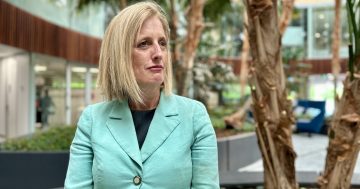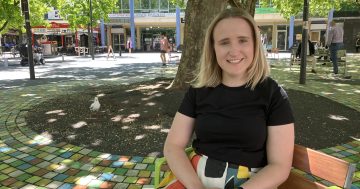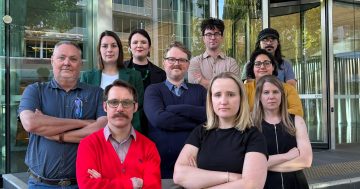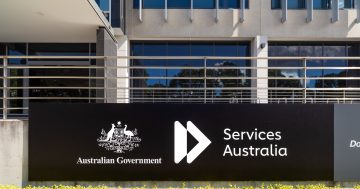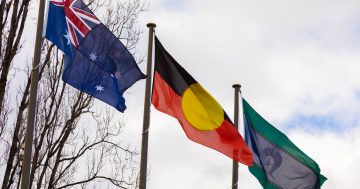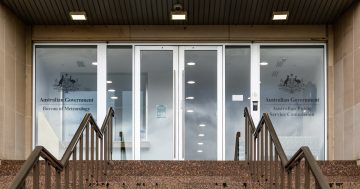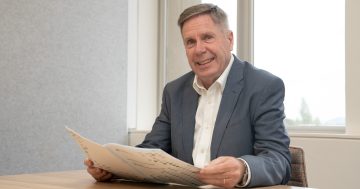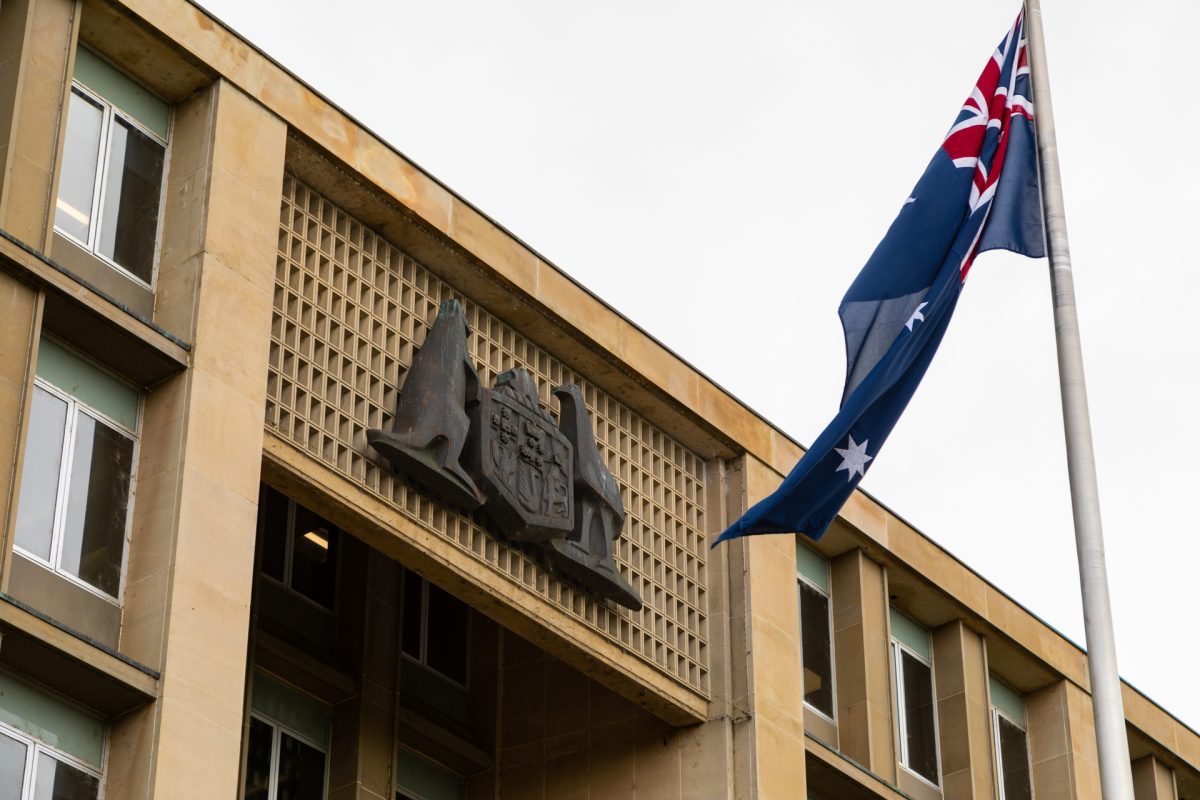
The 2021 census states that more than half of Australians are first or second-generation immigrants, with the majority born in the UK followed by those from Asia. Yet only 15 per cent of APS staff are from a non-English-speaking background. Photo: Michelle Kroll.
Despite being in one of the world’s most multicultural countries, the public service is “failing to reflect the rich diversity of Australia”, according to a new study by the Australian National University (ANU).
Academics from the Crawford School of Public Policy found that staff from non-English-speaking backgrounds (NESB) and those with disabilities were less likely to be promoted than similar colleagues from English-speaking backgrounds (ESBs).
Attesting to the ANU’s findings is the Community and Public Sector Union’s (CPSU) recent survey of its 200 culturally and linguistically diverse (CALD) network members, who work across 38 Australian Public Service (APS) agencies. The CPSU data reports that 40.2 per cent of NESB respondents experienced barriers to career progression in comparison with 33.3 per cent of respondents from a European background.
CPSU national secretary Melissa Donnelly has added to calls for the APS to develop its first CALD strategy, due to be released later this year.
“It is critical for the APS CALD Employment Strategy to improve multicultural capability service-wide, to remove bias and racism from APS workplaces, and address all relevant barriers to career development and advancement for CALD employees,” Ms Donnelly said.
“Increasing APS diversity and inclusion would lead to more effective decision-making, innovation and adaptability. It would also better position the APS to understand the demographics and policy needs of different communities, ensuring better access to public services across the country.”
One of the questions asked by the survey was whether cultural diversity was valued in the public service, to which one anonymous submission stated: “There is reticence towards change in this space, and group think by the mainstream cohort is rampant in the APS. There are motherhood statements pertaining to CALD in the APS, unfortunately this is a cover. What firm concrete actions, targets, activities are in place and there is very little. Why? My opinion is it is too hard and no appetite to consult with CALD staff but rather go back to what is easy, the group think tank.”
Using data from the Australian Public Service Commission (APSC), ANU academics Robert Breunig, David Hansell and Nu Nu Win tracked all the promotions and separations of APS staff with a disability or from an NESB by gender between 2001 and 2020.
They discovered that while there was “no evidence of a ‘glass ceiling’ for women” given they hold just over half of all SES positions, “Asian-born NESB who arrive after the age of five have worse promotion prospects than non-Asian NESB who arrive after the age of five. Asian-born NESB who arrive before the age of six have similar promotion prospects to Asian-born ESB.
“These two results suggest that there is some ‘Asian penalty’ that is not related to language or cultural assimilation. Immigration itself does not hamper promotion prospects, as ESB individuals arriving after six years of age face similar promotion probabilities to their native-born counterparts.”
This trend in the prospects of NESB staff being promoted over similar ESB individuals has worsened over time, and the gap widens as you go up the ranks of the public service, with only 7 per cent in senior executive service (SES) positions. Yet this gap shrinks at the higher levels for those staff who have reported a disability, especially since 2017.
The study authors believe the timing of these increases may be due to the public service’s explicit focus on providing more opportunities for staff with disabilities to be promoted, following the commissioner’s directions of 2013. A similar “upward” effect was recognised in women’s promotion prospects after the passing of the 2012 Workplace Gender Equality Act, which established an agency to see through its implementation.
“NESB results suggest that in the absence of concerted effort and dedicated policies, outcomes have not improved. To the degree to which these poor relative promotion prospects are driven by ‘being foreign’ or ‘looking Asian’ as opposed to any characteristics related to productivity, this is a problem for the APS.
“Other than a general policy that the public service should reflect the diversity of the Australian population, the APS does not have targets or other types of affirmative action for this group.”
The CPSU’s recent survey was shared with the APSC taskforce developing the CALD employment strategy. According to the taskforce’s last update in July, the project has received “significant interest” from employees at all levels across the public service, which has helped their consultation process.
Original Article published by James Day on Riotact.



